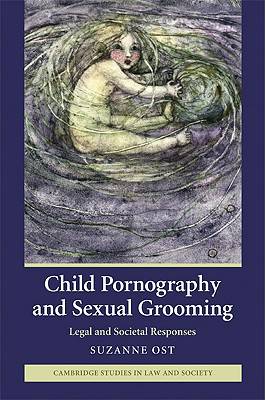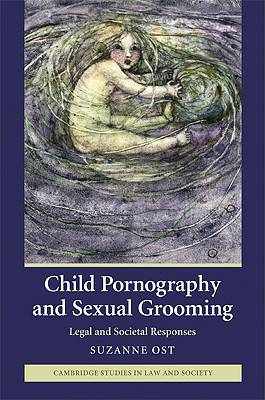
- Afhalen na 1 uur in een winkel met voorraad
- Gratis thuislevering in België vanaf € 30
- Ruim aanbod met 7 miljoen producten
- Afhalen na 1 uur in een winkel met voorraad
- Gratis thuislevering in België vanaf € 30
- Ruim aanbod met 7 miljoen producten
Zoeken
€ 187,45
+ 374 punten
Omschrijving
Child pornography and sexual grooming provide case study exemplars of problems that society and law have sought to tackle to avoid both actual and potential harm to children. Yet despite the considerable legal, political and societal concern that these critical phenomena attract, they have not, thus far, been subjected to detailed socio-legal and theoretical scrutiny. How do society and law construct the harms of child pornography and grooming? What impact do constructions of the child have upon legal and societal responses to these phenomena? What has been the impetus behind the expanding criminalisation of behaviour in these areas? Suzanne Ost addresses these and other important questions, exploring the critical tensions within legal and social discourses which must be tackled to discourage moral panic reactions towards child pornography and grooming, and advocating a new, more rational approach towards combating these forms of exploitation.
Specificaties
Betrokkenen
- Auteur(s):
- Uitgeverij:
Inhoud
- Aantal bladzijden:
- 288
- Taal:
- Engels
- Reeks:
Eigenschappen
- Productcode (EAN):
- 9780521885829
- Verschijningsdatum:
- 29/05/2009
- Uitvoering:
- Hardcover
- Formaat:
- Genaaid
- Afmetingen:
- 155 mm x 229 mm
- Gewicht:
- 566 g

Alleen bij Standaard Boekhandel
+ 374 punten op je klantenkaart van Standaard Boekhandel
Beoordelingen
We publiceren alleen reviews die voldoen aan de voorwaarden voor reviews. Bekijk onze voorwaarden voor reviews.











